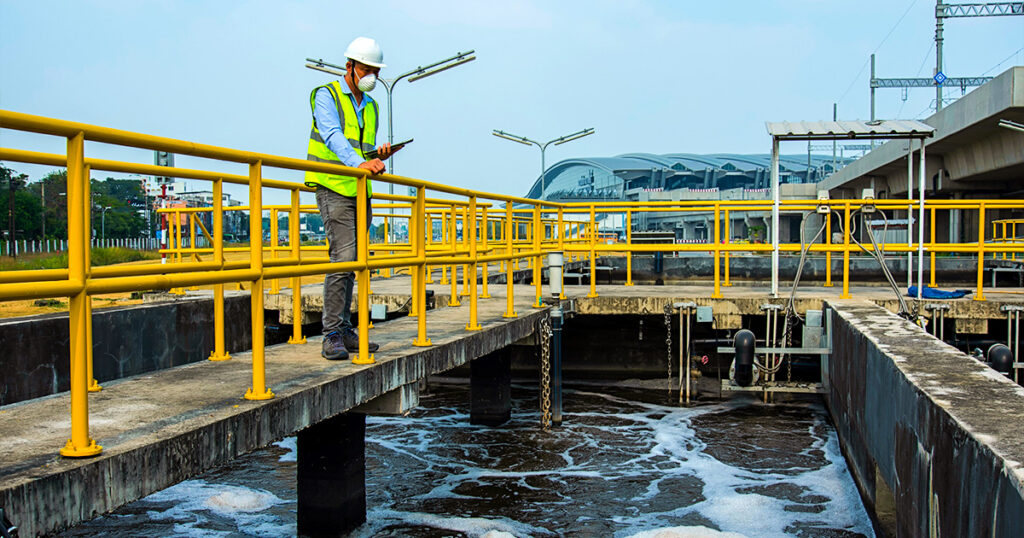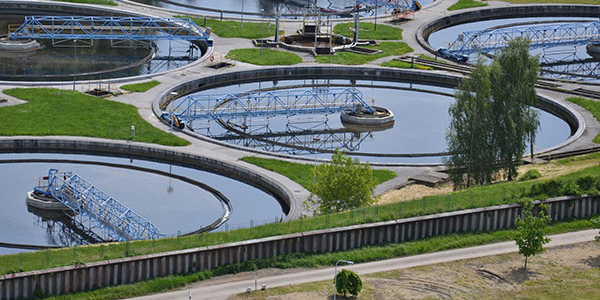
Tracking the spread of COVID-19 has been a tremendous challenge throughout the pandemic, but doing so is a key step toward containing the virus. Many communities have relied on patient testing and contact tracing, with limited success. In search of better methods, some countries have made inroads in a different form of disease surveillance: wastewater-based epidemiology (WBE). This approach involves testing wastewater for the presence of pathogens, primarily through DNA and RNA analysis, and has proved to be an accurate and highly effective way to keep tabs on the prevalence and progression of COVID-19 at the population level.
Switzerland is among those countries that have implemented WBE in their efforts to stay ahead of the pandemic. Since WBE first emerged in 2020 as a promising tool, several Swiss laboratories undertook wastewater testing, and protocols were established early.
“At the beginning, the methods to actually detect coronavirus in wastewater were rather laborious and complicated, and involved a lot of resources,” said Dr. Claudia Bagutti, microbiologist and molecular biologist in the State Laboratory of Basel-City, Switzerland.
Bagutti heads a small team performing applied biosafety research. In 2020, her lab was tasked with developing an assay for detecting COVID-19 in wastewater. However, the available methods were prohibitively complex and resource intensive.
In the meantime, researchers at Promega recognized that Promega products and methodologies could potentially be applied to WBE and set to work developing simpler and more efficient method for wastewater analysis. In the spring of 2021, Bagutti’s team decided to try adopting this method.
“Promega had a very nice method which was less laborious and much easier to handle, and that’s why we gave it a try,” said Bagutti.
In the ensuing study, Bagutti and her team analyzed effluent from the catchment area of one municipal wastewater plant in Switzerland. They examined the total wastewater output of around 270,000 people. Viral RNA was extracted using Promega’s Maxwell® RSC Environ Wastewater TNA Kit. The number of RNA copies present, representing the overall concentration of COVID-19 in each sample, was determined via quantitative reverse transcriptase (RT-qPCR) using the GoTaq® Enviro Wastewater SARS-CoV-2 Systems, also from Promega. The viral RNA was subsequently sequenced with next generation sequencing, and the results correlated quite well with the COVID-19 cases in the catchment area. Remarkably, this study detected the Omicron variant in a wastewater sample one day prior to the first reported case identified through patient testing.
“We observed a similar spread to most other western countries with respect to the time of the first discovery of these variants,” said Bagutti. “We were also able to demonstrate the presence [of Omicron] in the wastewater before it came up in a sample of a COVID-19 patient test, which of course shows the usefulness of wastewater monitoring for the prediction of new variants and infection dynamics.”
WBE is especially promising in that it provides population-level data independent of patient testing. Health departments can be alerted to the presence of COVID-19 earlier than would otherwise be possible with traditional testing and can take precautions to contain the spread. In creating a more user-friendly method for wastewater analysis, Promega has opened the door for more laboratories to conduct WBE, which could provide communities around the world with the information they need to preempt the progression of COVID-19.
“The Promega method is very straightforward to handle,” said Bagutti. “It only takes a small volume of wastewater, which makes it handy. It’s less time-consuming compared to the methods which were in the literature at the beginning of the pandemic, and it just works very well. We also did experience great support from Promega.”
At this point, much of the wastewater analysis performed in Switzerland is done with the Promega method, including in federal, state or private labs. The swift advance of WBE in Switzerland speaks to the colossal effort put forth both by Promega researchers in developing the necessary products and methodologies, as well by those labs that have made use of Promega’s products to monitor COVID-19 in wastewater.
“It’s really been a success story for us, from the beginning,” said Bagutti.
Learn more about Promega’s work with wastewater-based epidemiology.

